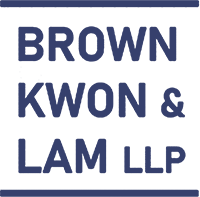When people talk about being treated unfairly at work due to their membership in a protected class, you’ll often hear them talk about harassment and discrimination. In many cases, harassment and discrimination may seem like the same thing. However, while they may share similarities, there are actually differences between the two. If you’re being targeted at work due to your membership in a protected class, you might not understand if you’re experiencing harassment or discrimination.
If you think that your membership in a protected class is being used against you at work, it’s important to know whether you’re experiencing harassment or discrimination and which laws are the most applicable to your situation.
What is Discrimination?
Employment discrimination occurs when an employee is treated less favorably due to their membership in a protected class, such as their race, gender, age, or religion. Federal, state, and local laws make it illegal to discriminate against employees in New York City. Discrimination is illegal in all aspects of employment, including hiring, firing, promoting, and compensation. For example, discrimination can include refusing to hire someone due to their race or paying someone less because of their gender.
In addition to treating an employee unfavorably due to their membership in a protected class, employment discrimination can also occur when an employer has policies that may seem fair, but negatively impact employees in a certain protected class. This can still be considered illegal discrimination even if it was not intentional.
What is Harassment?
The Equal Employment Opportunity Commission (EEOC) considers workplace harassment to be a form of discrimination. Because of this, various laws protect employees from harassment. Harassment is unwelcome conduct based on an employee’s membership in a protected class. This can include offensive jokes, slurs, threats, ridicule, and offensive imagery. Harassment also includes sexual harassment.
Under federal law, workplace harassment is unlawful when enduring offensive conduct becomes a condition of continued employment or when the conduct is severe or pervasive enough that a reasonable person would consider it to be intimidating, hostile, or abusive. However, New York State and City laws do not require this conduct to be severe or pervasive. Instead, the conduct needs to be more than “petty slights and trivial inconveniences.” While federal law may not make the conduct you experienced illegal, you may be covered by state or local laws.
Types of Workplace Harassment
Workplace harassment often takes two forms – quid pro quo harassment and hostile work environments.
Quid Pro Quo Harassment – When quid pro quo harassment occurs, an employee is expected to accept the harassment and receive something in exchange, such as a promotion or keeping their job.
Hostile Work Environment– A hostile work environment occurs when harassment negatively or severely impacts an employee’s ability to work.
Get Help If You’ve Experienced Workplace Harassment or Discrimination
You should never feel like you have to put up with being treated unfairly in the workplace due to your membership in a protected class. However, if this is being used against you, you deserve to get help. At Brown Kwon & Lam, we have helped many people who have experienced employment discrimination or harassment to help them get the justice they deserve. Taking legal action can be difficult, but we’ll be there to support you every step of the way.
Contact our employment discrimination lawyers today for help.

